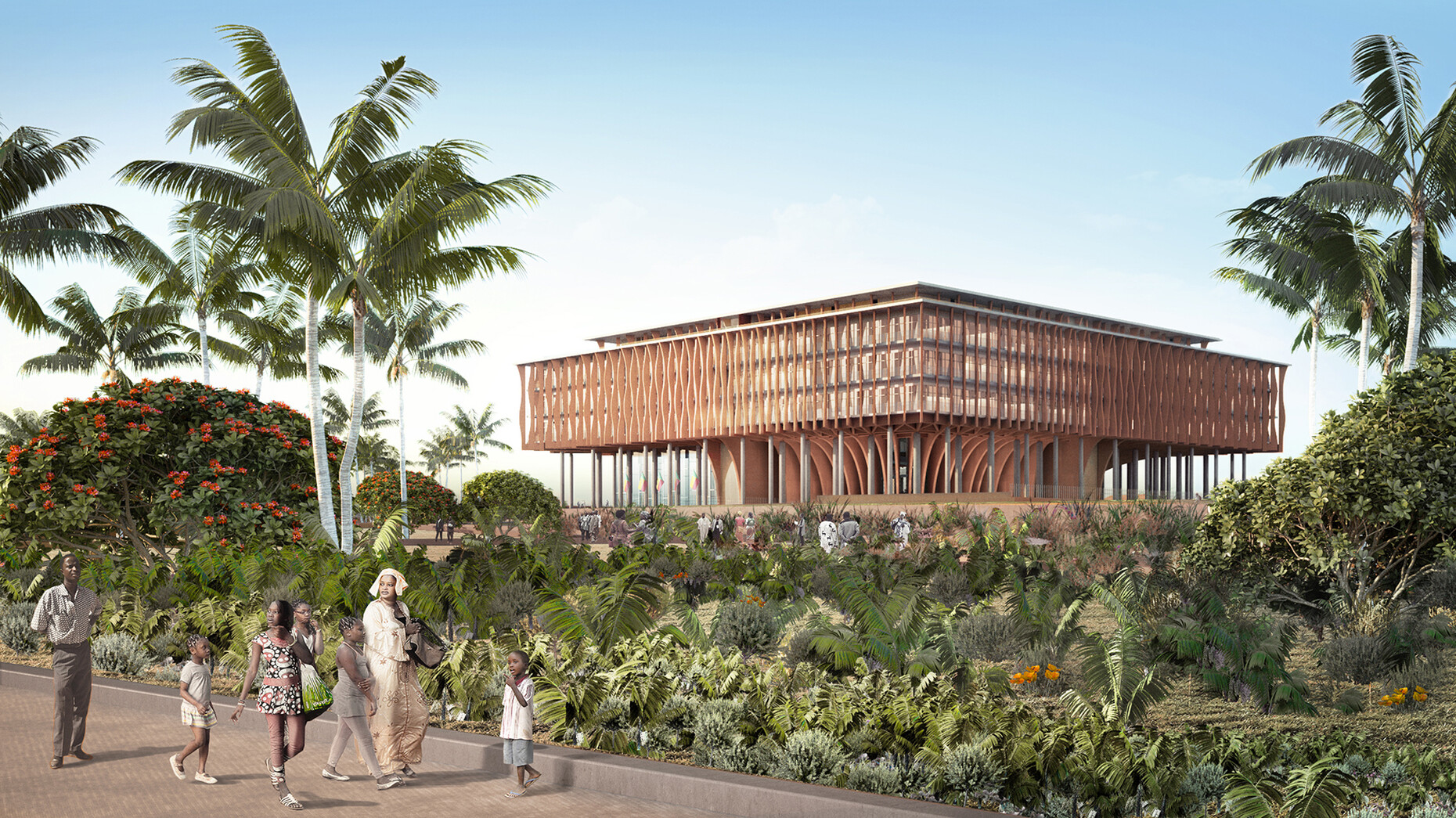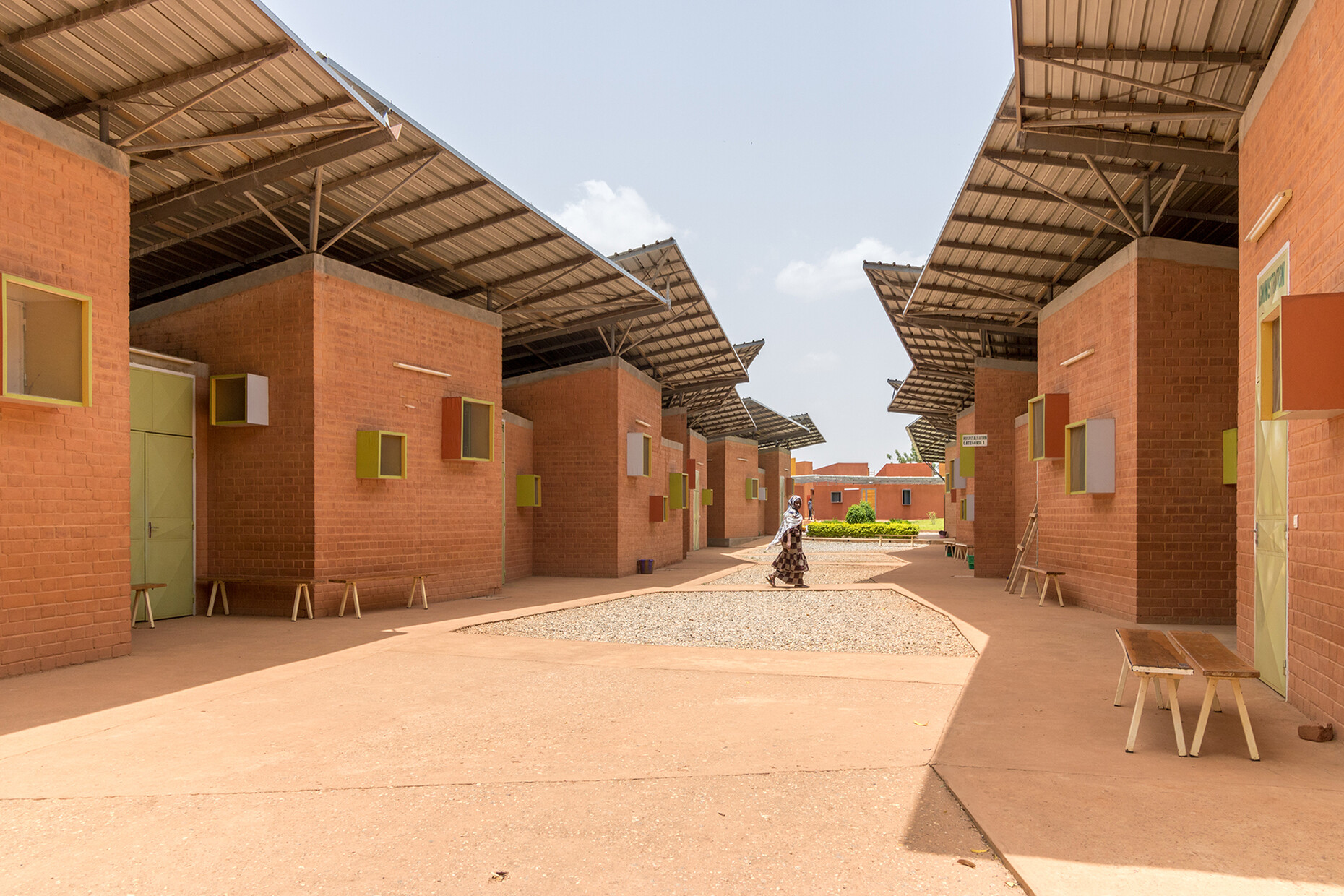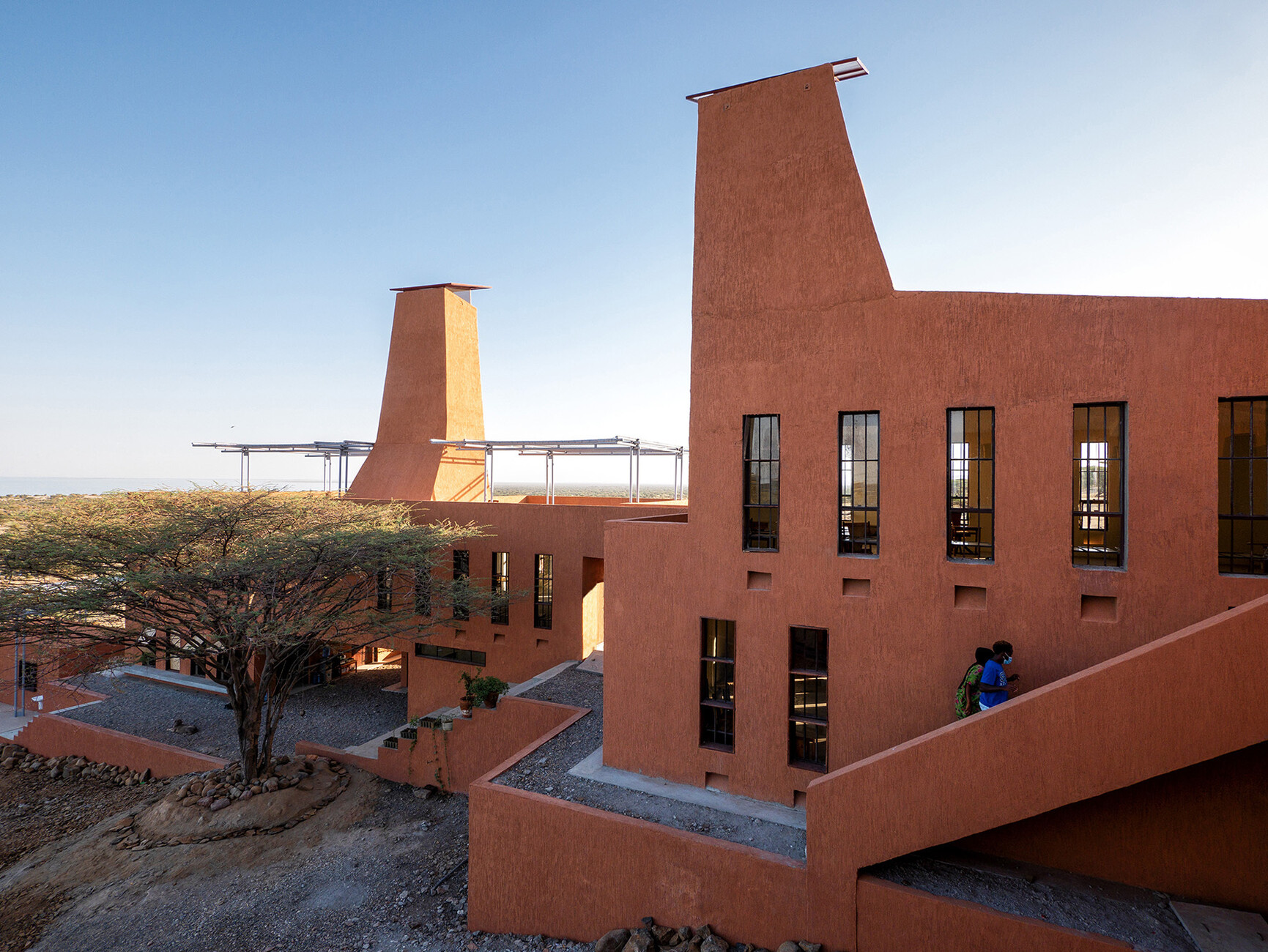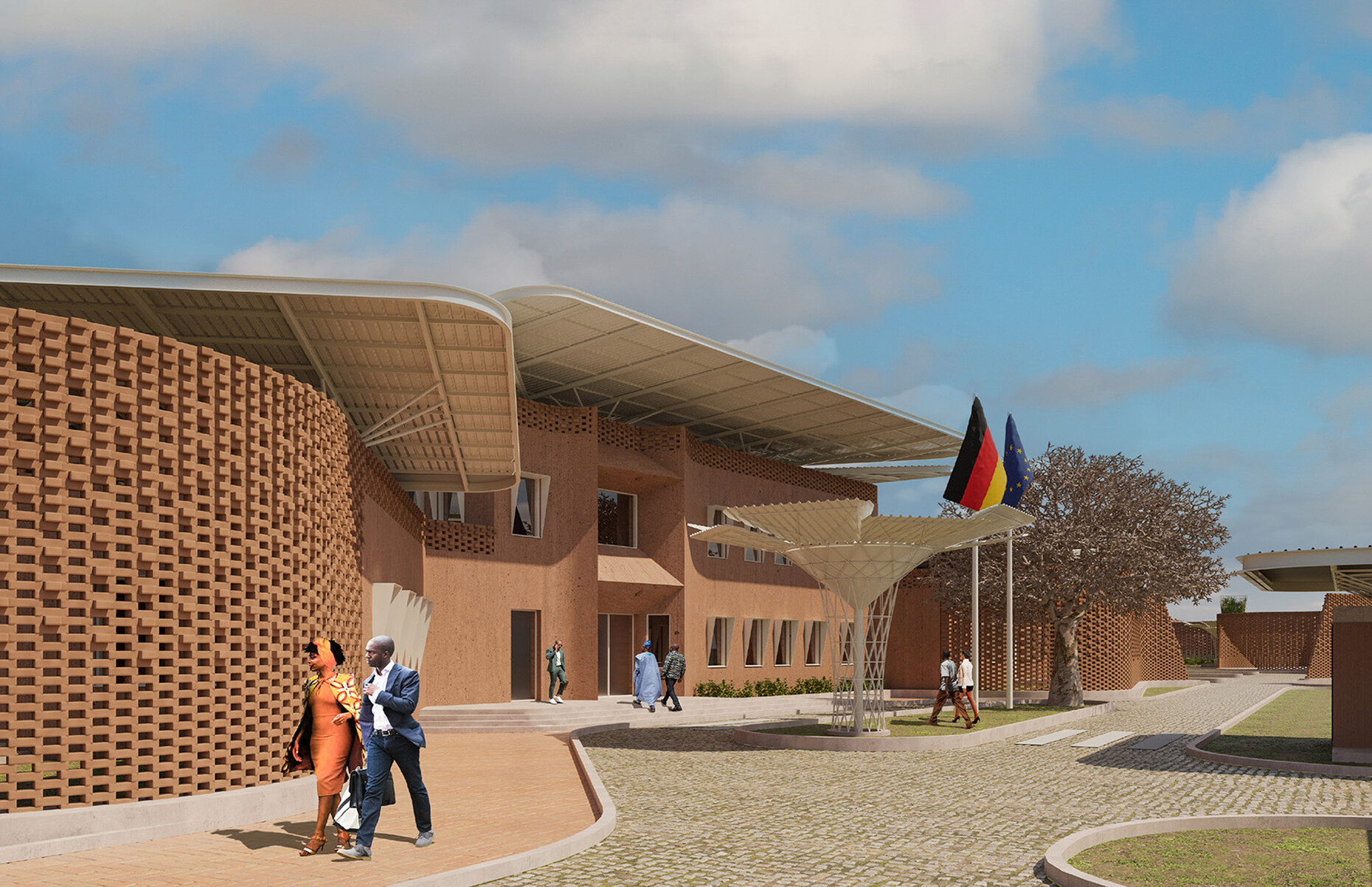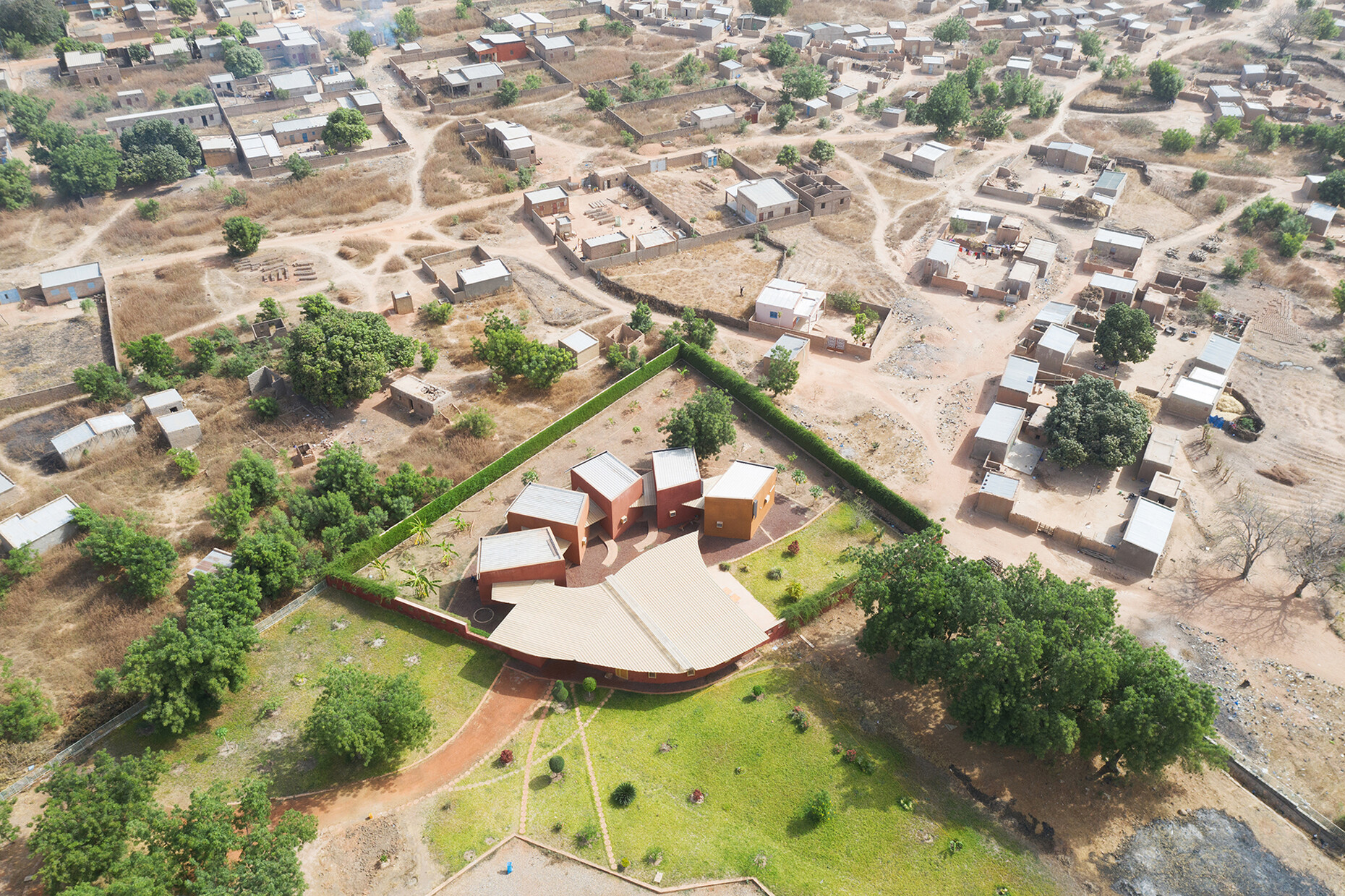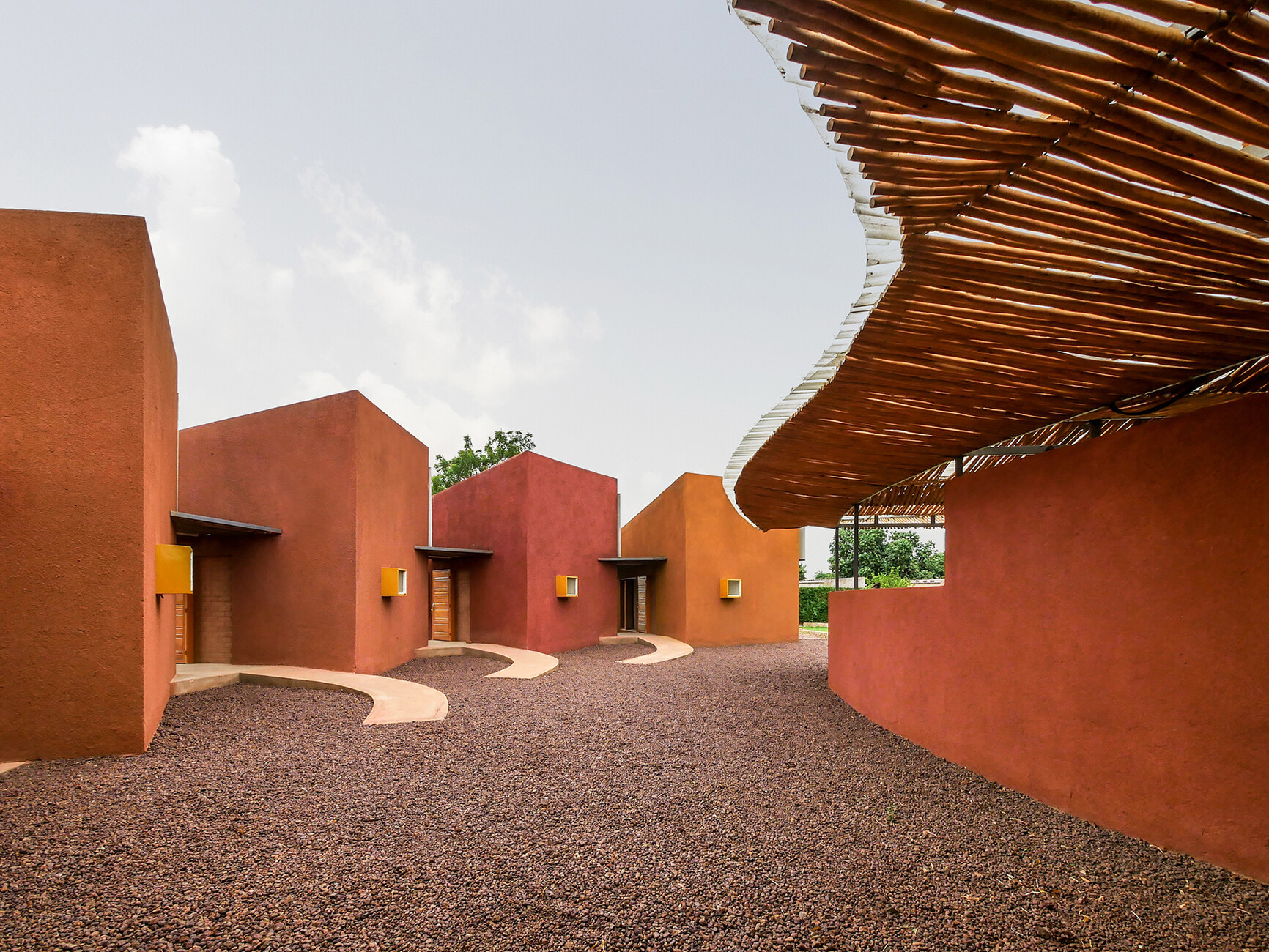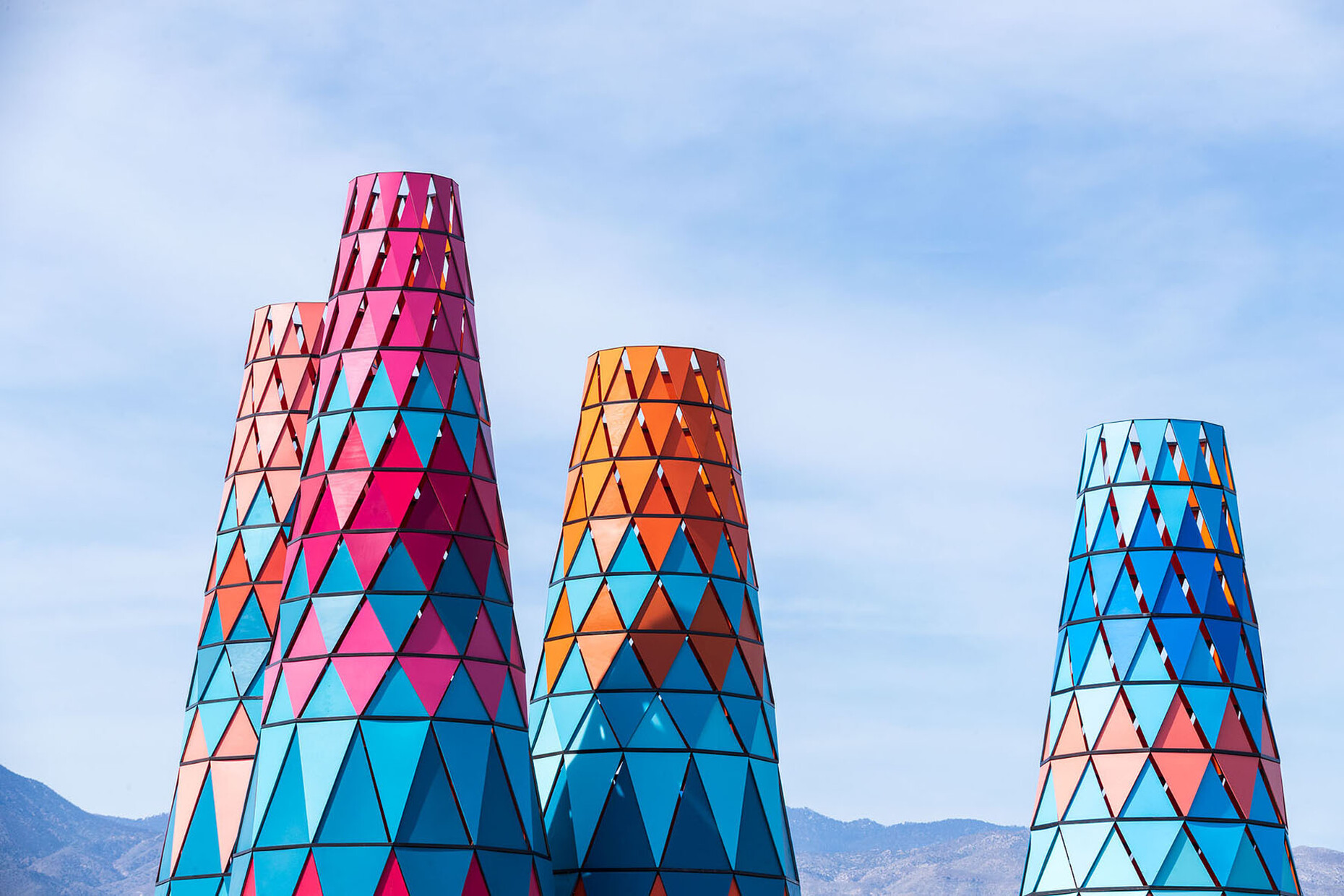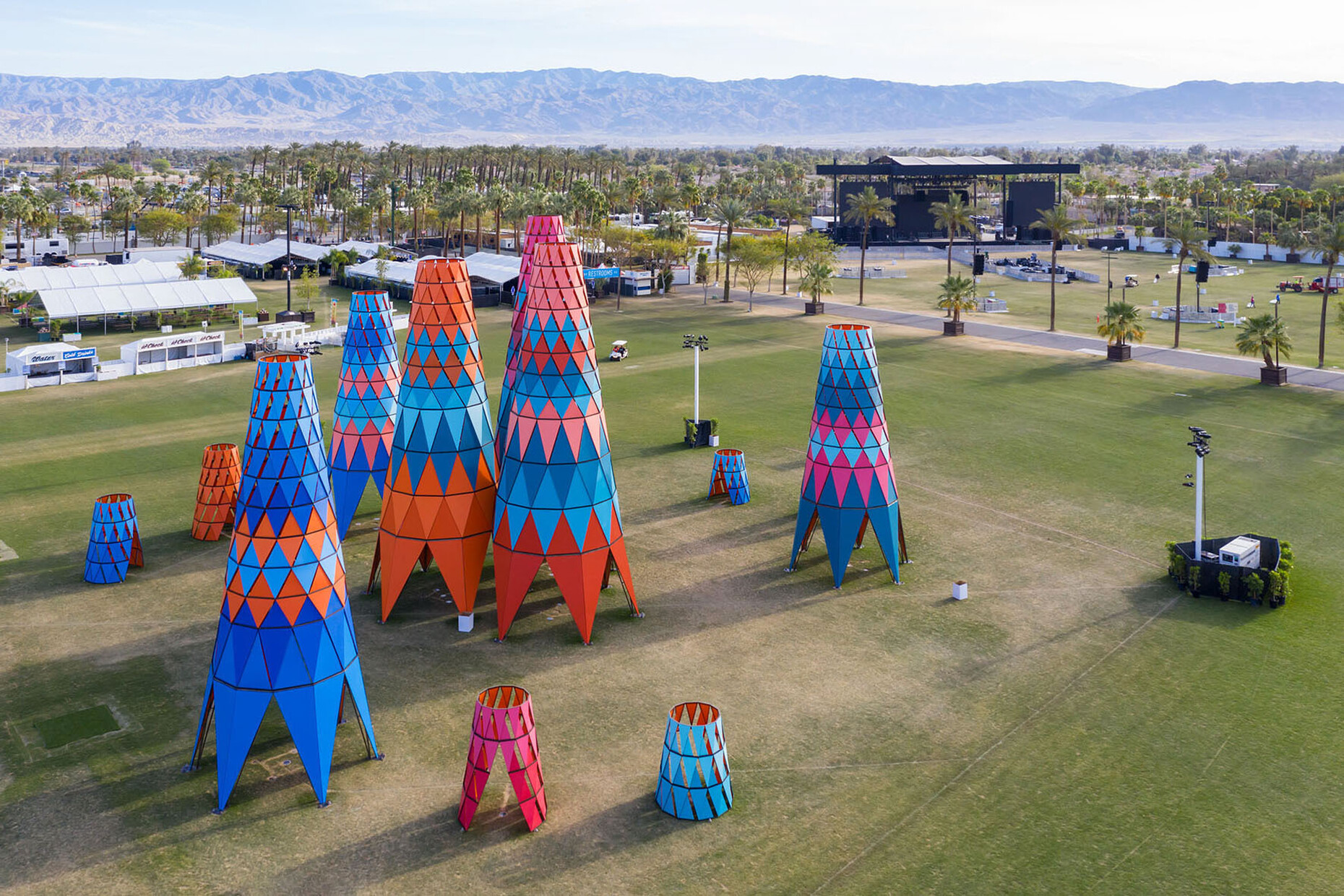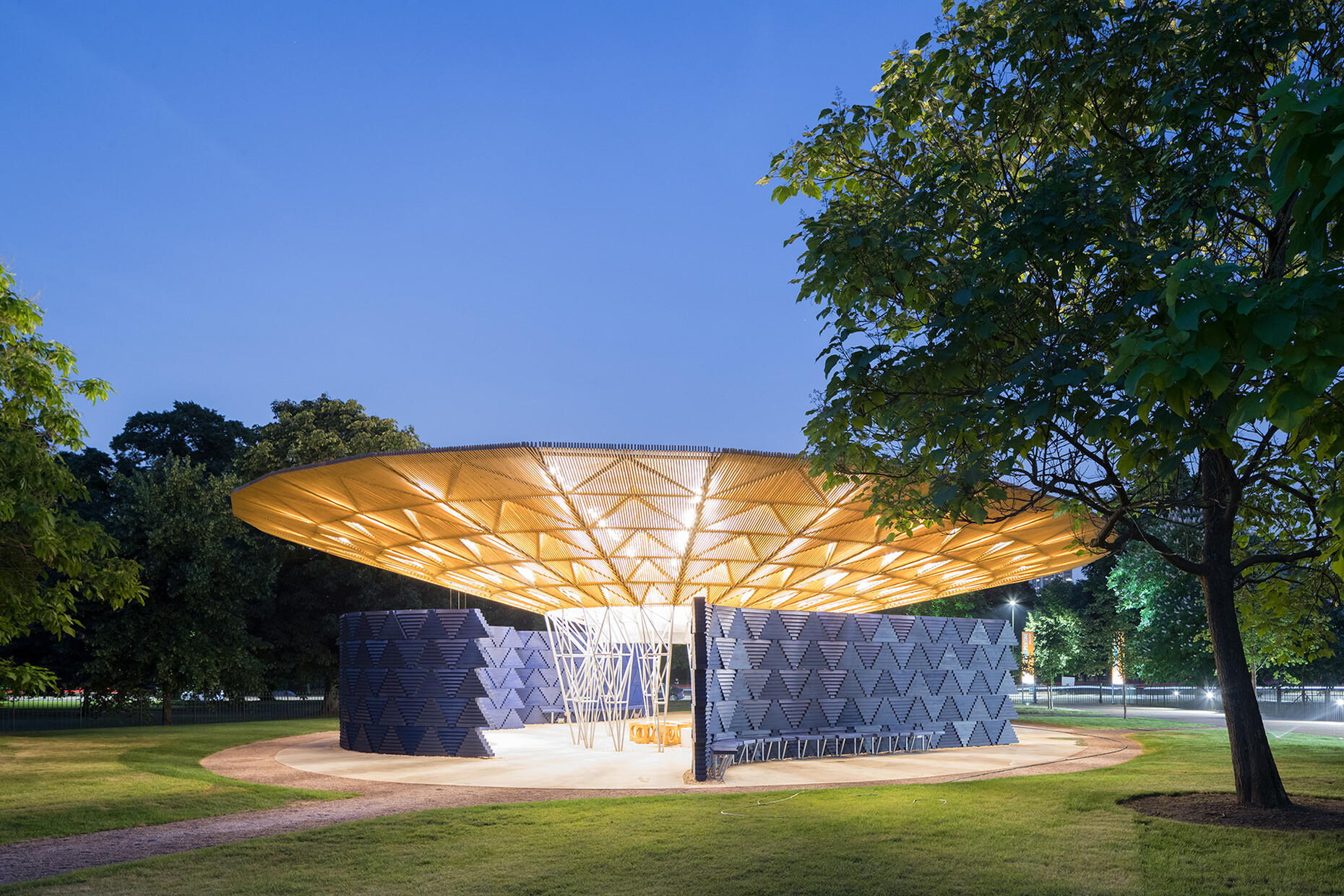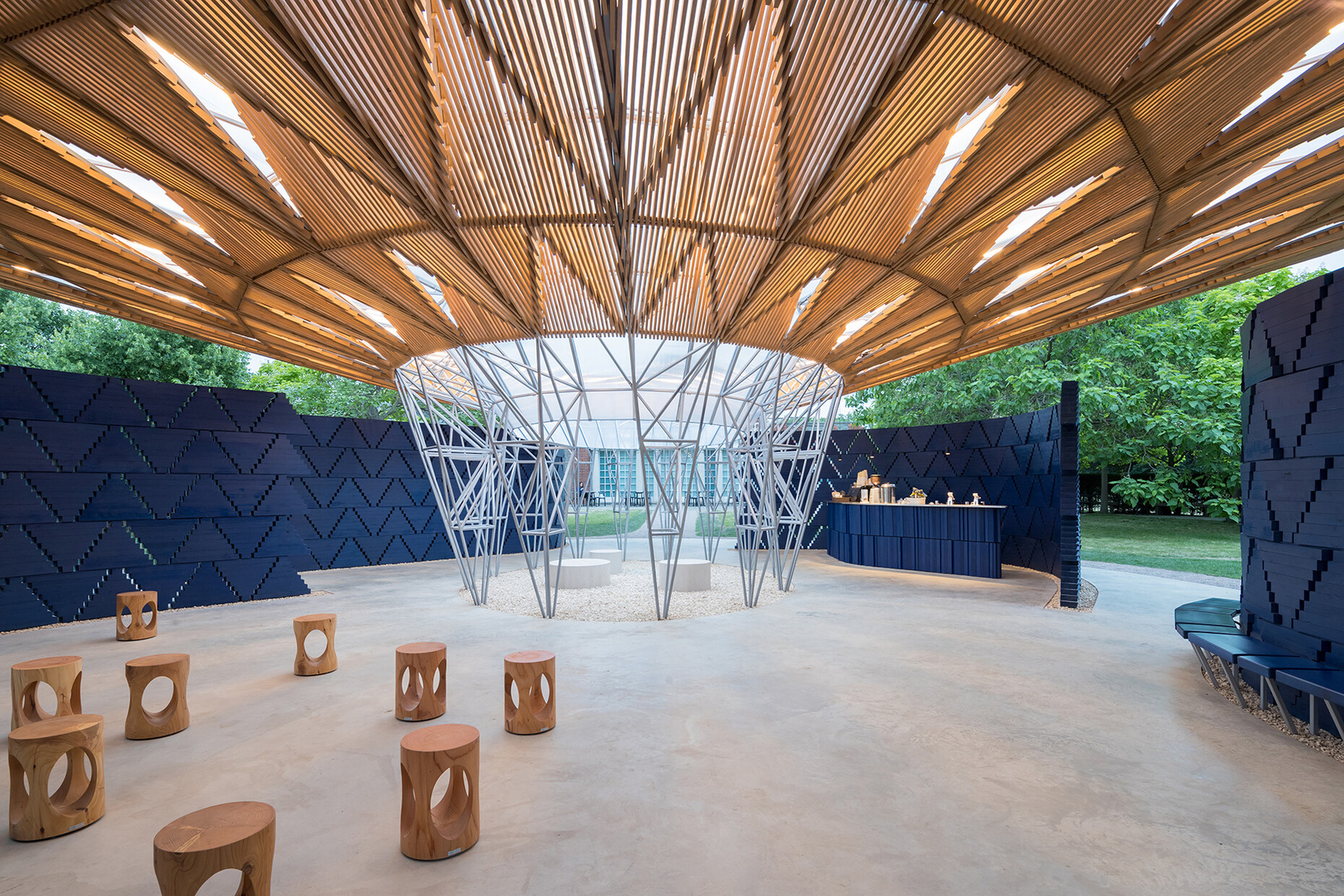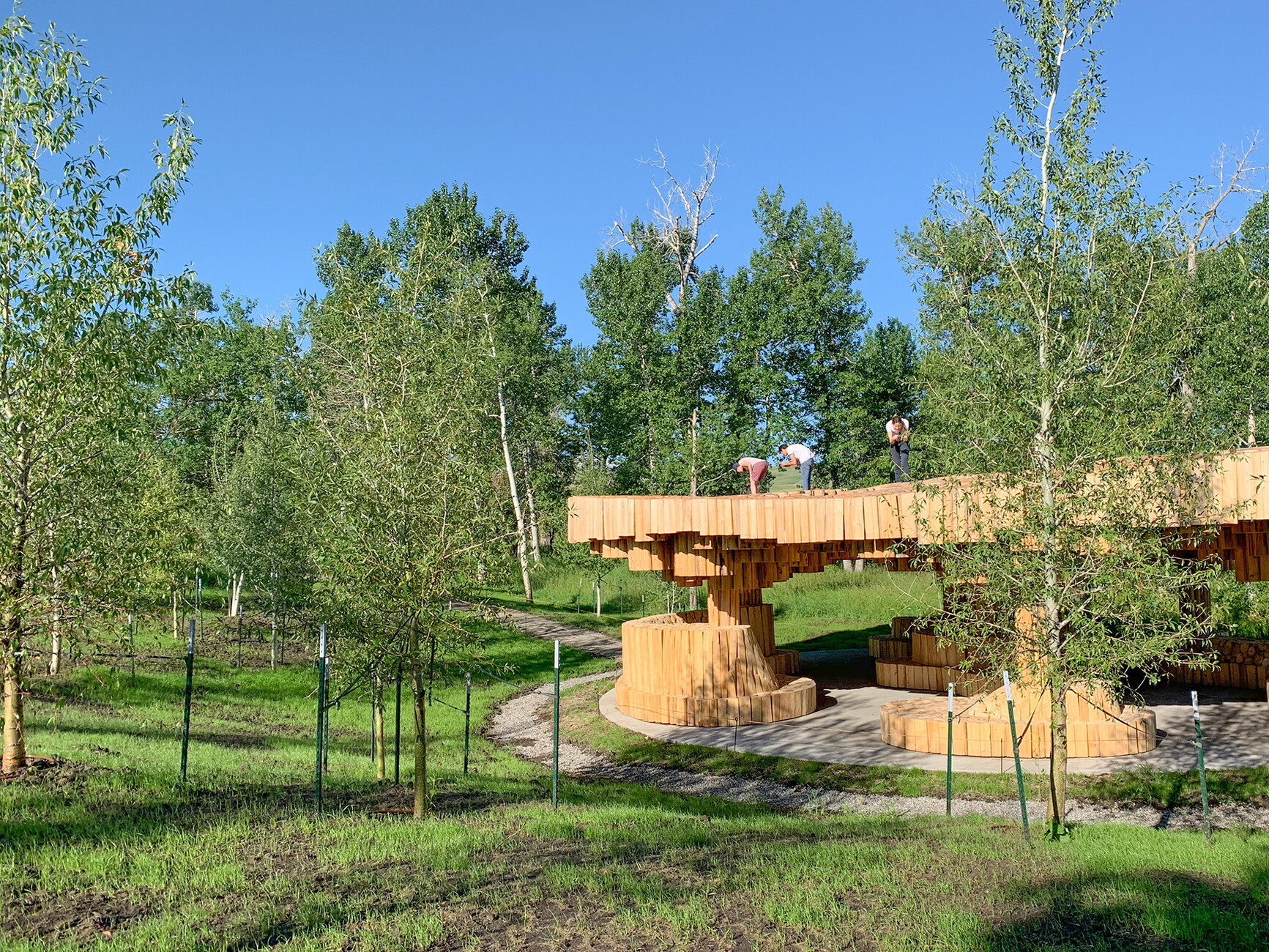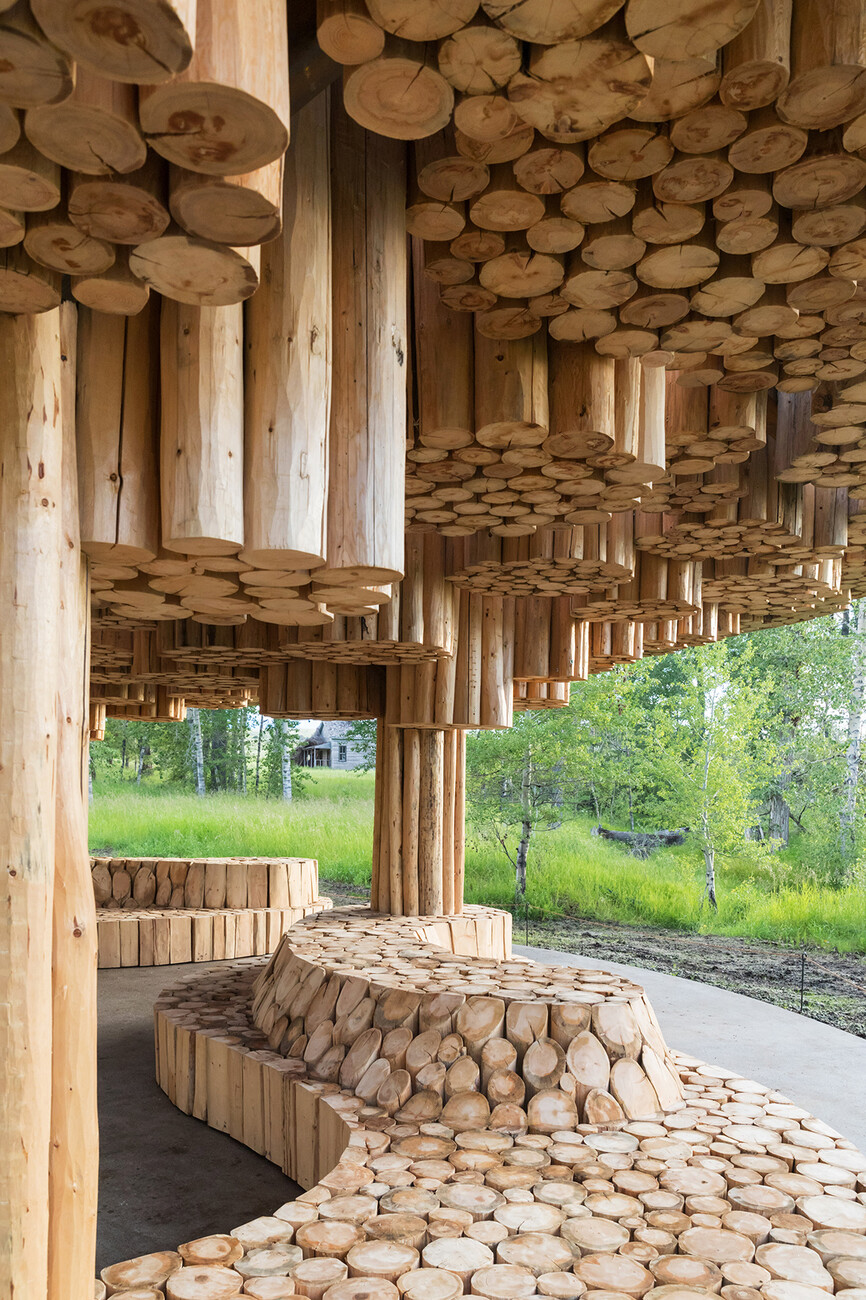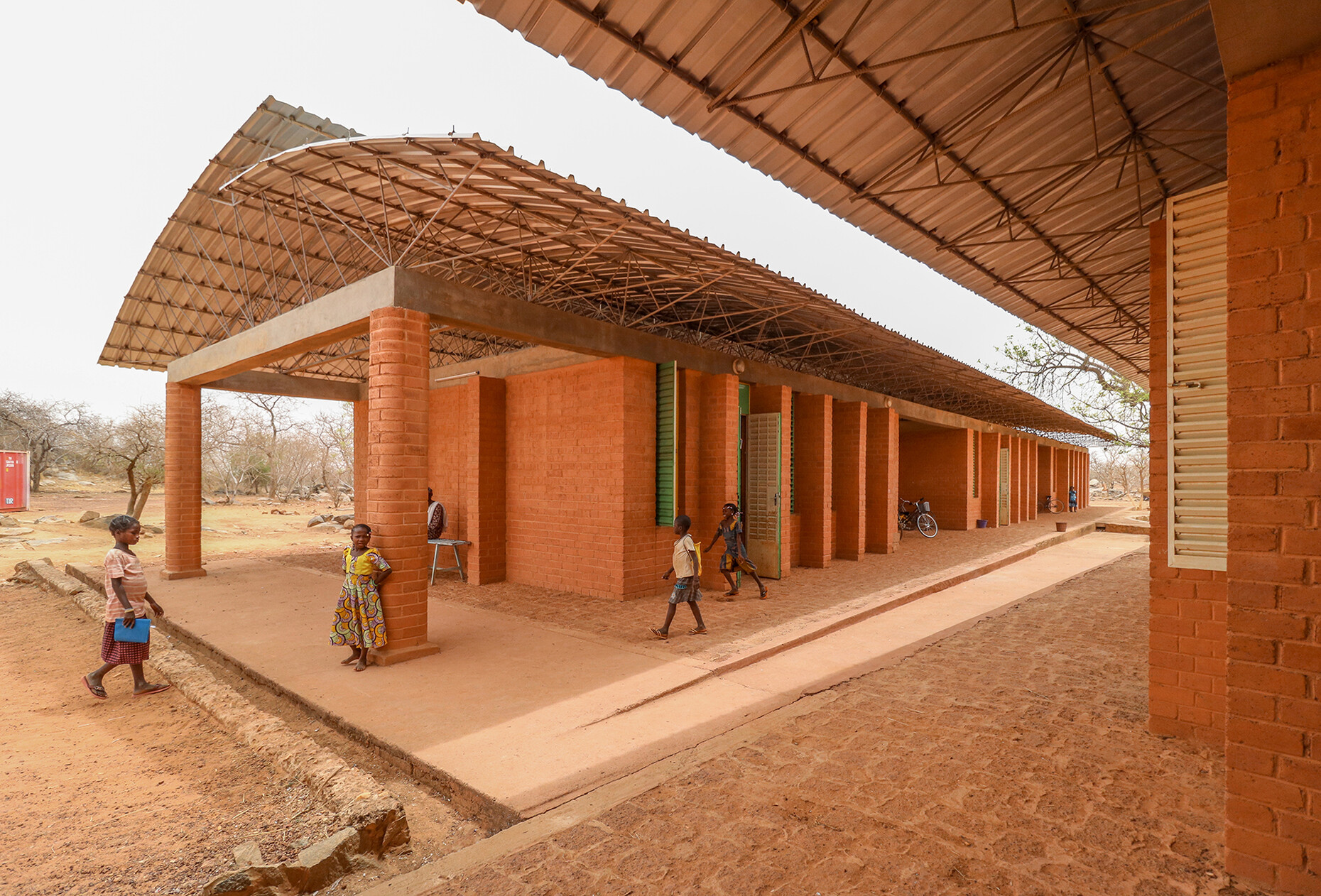Radically Normal
Diébédo Francis Kéré, this year's winner of the Pritzker Prize, often called the Nobel Prize of architecture, embodies a new generation of architects: For him, a community of buildings is not just an architectural composition, and the use of local materials is not just a politically correct gesture, but the guarantor of users' identification with a building. And thus, Kéré, Born in Burkina Faso in 1965, takes the world's architectural elite back to the origins of building. For years, the Berlin-based architect has been one of the international scene's next big thing. The fact that he was awarded the architecture world's most prestigious prize in London on 27 May 2022 confirms something that has long been a defining feature of contemporary architecture: respecting traditions, responding to users, and carefully integrating buildings into their context – in Kéré's case, this has mostly been landscapes.
Kéré arrived in Germany in the mid-1980s on a scholarship from the Carl Duisberg Society and the German Development Service for an apprenticeship as a carpenter. His sensitivity and architectural approach are somewhat reminiscent of the Egyptian Hassan Fathy, who in the middle of the 20th century was able to bring forward the vernacular architecture of an Arab village into modernity. In 1945, the Egyptian Antiquities Authority commissioned Fathy to plan New Gourna near Luxor. They wanted a new village to be built west of the Nile, at a safe distance from the ancient royal tombs. Rather than planning an International Style settlement typical of the modern era, Fathy was guided by the local building traditions of Upper Egypt. With his attitude of reviving traditional Islamic architecture, Fathy was sadly quite unpopular in his own country. Critics accused him of rejecting a possible transfer of technology between the Western world and Egypt, which was referred to as a “developing country“ at that time. However, as a rediscoverer of Arab earthen architecture and its archetypal forms, and celebrated by a host of international admirers, Fathy made a significant contribution to the architectural history of the 20th century. In a documentary on New Gourna made in 1969, Fathy claimed that tradition is the only way a rural population can protect their culture, as they could not distinguish between styles unknown to them, and if they moved away from tradition, disaster would undoubtedly ensue.
What was tantamount to an architectural revolution in Hasan Fathy's case has long since become an integral part of design seminars in architecture schools around the world. When Francis Kéré, who teaches at the Technical University of Munich, talks about current issues such as energy justice, resource conservation and participation, it seems a perfect fit with today's image of political correctness. But anyone who has personally experienced a village chief's son, with decorative scars on his face, immediately understands that Kéré has not merely read about these concepts. He lives them. And he could have even invented these terms – that's how genuinely he is able to express them, with his calm voice and melodious accent. Storytelling, a tradition most of the peoples in Africa share, is in his blood. Kéré's family belongs to the Mossi, who are at home in Burkina Faso, Mali and northern Ghana as a result of arbitrary demarcations made during the colonial era, which continue to divide the cultures to this day.
A storytelling culture in the shade of a tree's crown
Francis Kéré comes from a culture in which the written word has only been part of the transfer of knowledge for most people for a few generations. In religion, however, the printed word in the form of the Koran plays an even more important role, even though in West Africa, religion based solely on a book is not interpreted as radically as it is in its country of origin, Saudi Arabia. A colorful joie de vivre masks the strict rituals, as even in faith, pragmatism, local traditions and wisdom intermingle, and are still passed down from the old to the young in the form of fables. The architecture of the Volta Basin, with its discreetly painted clay facades and thatched roofs, is part of this narrative culture. Leo Frobenius contributed to this oral history being recorded in writing for the first time 100 years ago during his exploration of Africa
Kéré, who has not only taught in Munich but in Weimar and at renowned U.S. universities such as Harvard and Yale, is more at home talking about building things than he is writing about architecture. In interviews, he speaks eloquently about the building process in his homeland, where planning and construction is always the combined task of an entire family or village. To cultivate this kind of planning culture in Germany, as with the current Freie Waldorfschule Weilheim project, is only possible for an architect who knows no aesthetic vanity and enjoys listening to his clients. In the construction of this school in Upper Bavaria, Kéré's participatory approach has delighted teachers, parents and students alike.
Light and shadows
One of Kéré's great strengths is that he knows how to cope with defeat. He is always passionate, his attitude is always forward-looking and solution-oriented. The fact that the contract for the construction documents and construction supervision of the new Goethe-Institut in Dakar was given to another architect is, of course, also vexing for a Pritzker Prize winner. But the distinguished and always polite Burkinabe does not express any resentment, and Kéré certainly does not have a monopoly on German projects in West Africa. And the fact that the contract for the new building of the German Embassy in Ouagadougou was recently awarded by the German government to a competitor with no connection to Africa instead of Francis Kéré, who is courted by the president of his country as an ambassador for architectural culture and who regularly travels there, is annoying at best for the building's future users. The phone has been ringing off the hook in the Berlin office since the Pritzker Prize was announced. It would seem that at the moment Kére Architecture GmbH has little to worry about regarding a lack of contracts.
Kéré, who is in his late fifties, talks about both the people who inspired him as well as his long-time companions with a great deal of gratitude and respect. The Berlin architecture professor Peter Herrle motivated the somewhat older student to complete his studies at the Technical University of Berlin despite the construction of his first successful school building in his home village of Gando. In 2004, while still a student, Kéré received the equally prestigious Aga Kahn Award for his first building, the prelude to a stellar career. The Berlin architectural gallery owners Kristin Feireiss and Hans-Jürgen Commerell, who have a good eye for talent, offered Kére an early platform before he initiated the opera village project in Burkina Faso with Christoph Schlingensief in 2009. Located an hour's drive east of the capital Ouagadougou, the village of Laongo became world-famous even though the project has yet to be finished.
When theatre director Schlingensief died in 2010, the opera village was in danger of sinking into oblivion in its unfinished state. But Kéré's tireless optimism keeps alive the idea of completing a unique cultural project in the West African savannah. The fact that a young journeyman carpenter from Africa should one day succeed in an academic career as a university lecturer in design and participation is due to a great extent to Andres Lepik, the director of the Architecture Museum of the Technical University of Munich and a professor of architectural history and curatorial practice. Lepik paid tribute to his future professorial colleague in highly acclaimed exhibitions and catalogues. The title Radically Simple aptly described what characterises the Kéré's architecture. Minimalism is expressed not in form but in the actual process of building. However, in order to put this simplicity in the right light, beautiful words alone are not sufficient. Images are necessary as well. It is friendships such as the one with Dutch star photographer Iwan Baan, who promotes Kéré's buildings like no other. Baan's photographs have aestheticised the architect's remote African projects to such an extent that they are now exhibited in galleries and museums throughout the Western world. They have also contributed to the increasing popularity of sub-Saharan architecture as a whole.
Anecdotes from the world of architecture
Anyone who accompanies the busy architect for a longer period of time will be full of admiration and respect for the diplomacy, empathy and enthusiasm with which Kéré manages his everyday business. Not an hour goes by without him being able to tell an anecdote that includes the big names of the architectural world as well as his family in Burkina Faso. His origins in the remote village he left as a seven-year-old to join relatives in the city and go to school still characterise him today. Burkina Faso, which is known for its agriculture and cattle breeding, is part of Francis Kéré's biography. In his professional career this is paired with an architecture that is difficult to classify in the stylistic canon of contemporary architecture: one- to two-story brick buildings made of clay and laterite, photovoltaic panels on a roof that, as a lightweight construction like an umbrella, protects the simple cubes against rain and sun, and often a vegetable garden that encourages self-sufficiency. And there is always the motif of the tree under which people gather to talk: Arbre à Palabres. The architectural language à la Kéré seems self-evident and requires no further explanation.
However, anyone who feels the need to have a written statement from the African architect in order to be able to classify him in terms of architectural theory, has to be patient. Francis Kéré rarely puts pen to paper regarding his work – and when he does, a mild criticism of the permanent search for quotable headlines can be discerned in his lines: “I fear that there is no single theory that's capable of telling the truth about the African continent or its architecture. But when we do formulate such a theory, we hopefully include the uniqueness, the details, and the patience of the people of Africa.” His words sound quite normal – radically normal.

